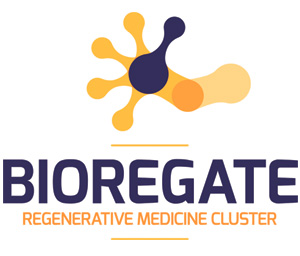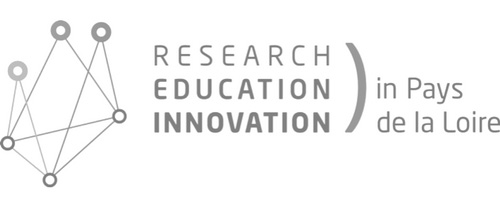The development of biologically and mechanically competent hydrogels is a prerequisite in cartilage engineering. We recently demonstrated that a marine exopolysaccharide, GY785, stimulates the in vitro chondrogenesis of adipose stromal cells. In the present study, we thus hypothesized that enriching our silated hydroxypropyl methylcellulose hydrogel (Si-HPMC) with GY785 might offer new prospects in the development of scaffolds for cartilage regeneration. The interaction properties of GY785 with growth factors was tested by surface plasmon resonance (SPR). The biocompatibility of Si-HPMC/GY785 towards rabbit articular chondrocytes (RACs) and its ability to maintain and recover a chondrocytic phenotype were then evaluated in vitro by MTS assay, cell counting and qRT-PCR. Finally, we evaluated the potential of Si-HPMC/GY785 associated with RACs to form cartilaginous tissue in vivo by transplantation into the subcutis of nude mice for 3 weeks. Our SPR data indicated that GY785 was able to physically interact with BMP-2 and TGFβ. Our analyses also showed that three-dimensionally (3D)-cultured RACs into Si-HPMC/GY785 strongly expressed type II collagen (COL2) and aggrecan transcripts when compared to Si-HPMC alone. In addition, RACs also produced large amounts of extracellular matrix (ECM) containing glycosaminoglycans (GAG) and COL2. When dedifferentiated RACs were replaced in 3D in Si-HPMC/GY785, the expressions of COL2 and aggrecan transcripts were recovered and that of type I collagen decreased. Immunohistological analyses of Si-HPMC/GY785 constructs transplanted into nude mice revealed the production of a cartilage-like extracellular matrix (ECM) containing high amounts of GAG and COL2. These results indicate that GY785-enriched Si-HPMC appears to be a promising hydrogel for cartilage tissue engineering.

